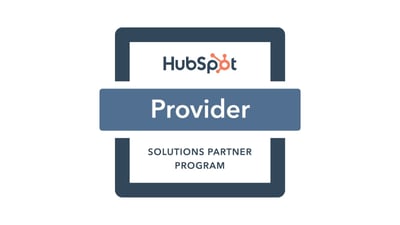Customer support metrics measure the success of customer service. The three types of traditional metrics are:
- Volume Metrics
- Speed Metrics
- Efficiency Metrics
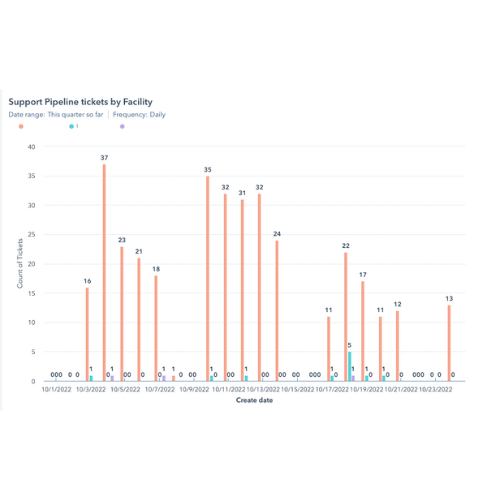 The volume metrics measure the number of tickets or inquiries a company receives in a given period. The speed metric measures how fast a company responds to an inbound contact, and the efficiency metric measures the length of time for a customer service representative to handle the inquiry from beginning to end.
The volume metrics measure the number of tickets or inquiries a company receives in a given period. The speed metric measures how fast a company responds to an inbound contact, and the efficiency metric measures the length of time for a customer service representative to handle the inquiry from beginning to end.
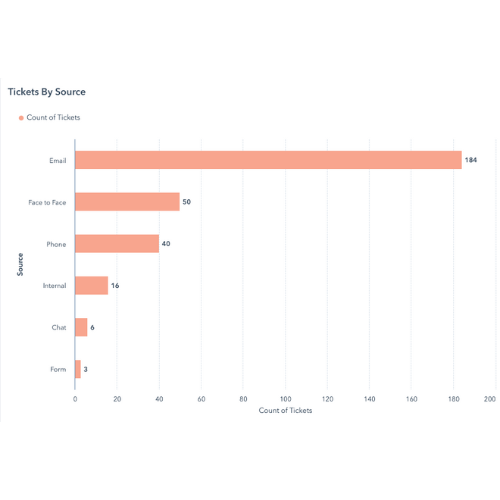
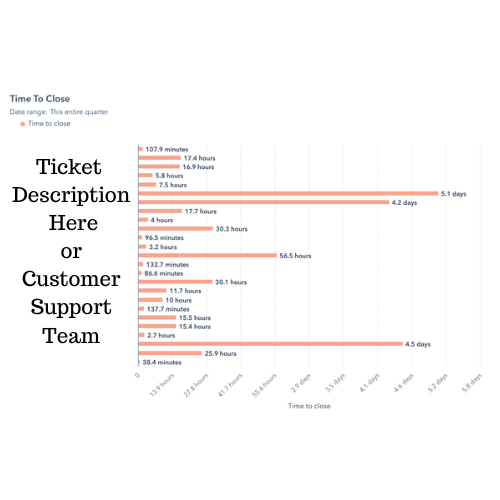
All of these metrics matter, but their interpretation also does.
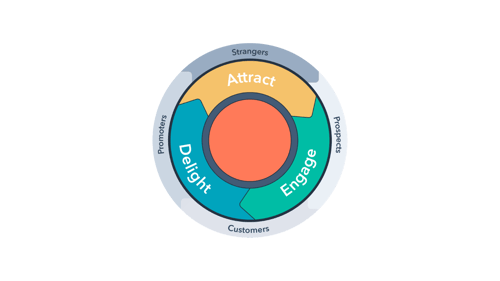
You've been in business for a while now, and things are going well. Your team is efficient, your product is high quality, and you have a great marketing strategy. But, unfortunately, you can't get a handle on customer service. No matter what options you take, you're always playing catch-up. Complaints are piling up, wait times are increasing, and customer satisfaction scores are tanking.
The problem, quite simply, is that you're relying on the wrong metrics to gauge customer service success. In the customer service world, quantity trumps quality every time. So the number of complaints you receive is not indicative of the quality of your customer service—it's quite the opposite. The fewer complaints you have, the worse your customer service probably is. That's because customers who take the time to file a complaint are far more likely to be repeat customers than those who take their business elsewhere. They're invested in your company and want to see it succeed.
Here is great resource from Survicate.
The same principle applies to waiting times. Longer wait times may seem bad, but they indicate that your customer service team is taking the time to address each issue comprehensively instead of rushing off to the next call. Again, the key is to strike a balance between waiting times and abandoned calls—you don't want either metric to be too high or too low.
You might want to check out this guide from HubSpot.
Finally, customer satisfaction scores are essential, but you should only view them in the context of other metrics—they're not the be-all and end-all of customer service success. For example, a high satisfaction score could mean that your team could resolve an issue quickly without delving too deeply into it. On the other hand, a low satisfaction score could indicate that your team took the time to understand the problem and find a comprehensive solution, even though it meant a longer wait time for the caller.
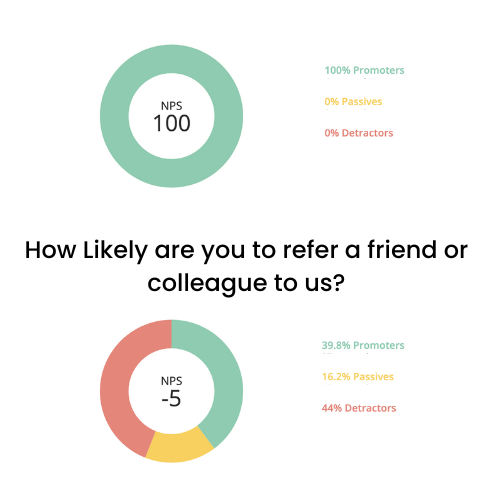
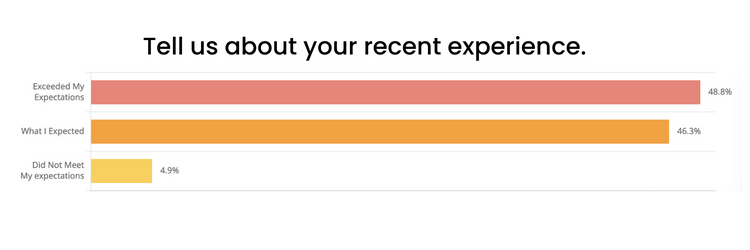
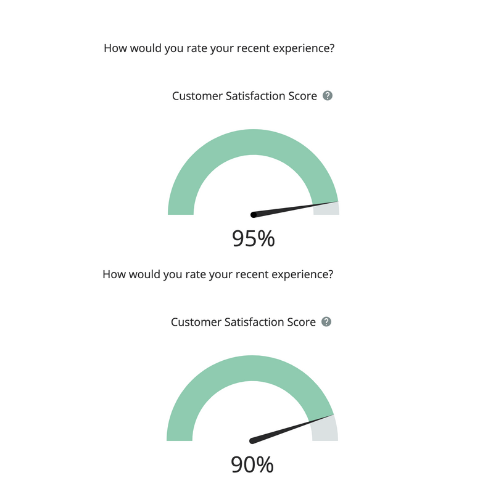
The bottom line is that traditional measures of customer service success just don't cut it anymore. When you start looking at things differently, you'll get a handle on your customer service department. Focus on quality over quantity, look at measures in context, and invest in comprehensive solutions instead of quick fixes. Do that, and you'll be on your way to providing world-class customer service.
How can you ensure your customer service metrics are accurate and actionable? First, contact the professionals at Analytics That Profit. As a Certified HubSpot Solutions Provider we have extensive experience implementing the HubSpot Ticket system. Then, let us create a plan to ensure your customers are happy.
.png?width=300&height=112&name=1627070024034-Analytics_That_Profit_Logo_Reverse-1%20(1).png)
.png?width=2080&height=776&name=1627070024034-Analytics_That_Profit_Logo_Reverse-1%20(1).png)

